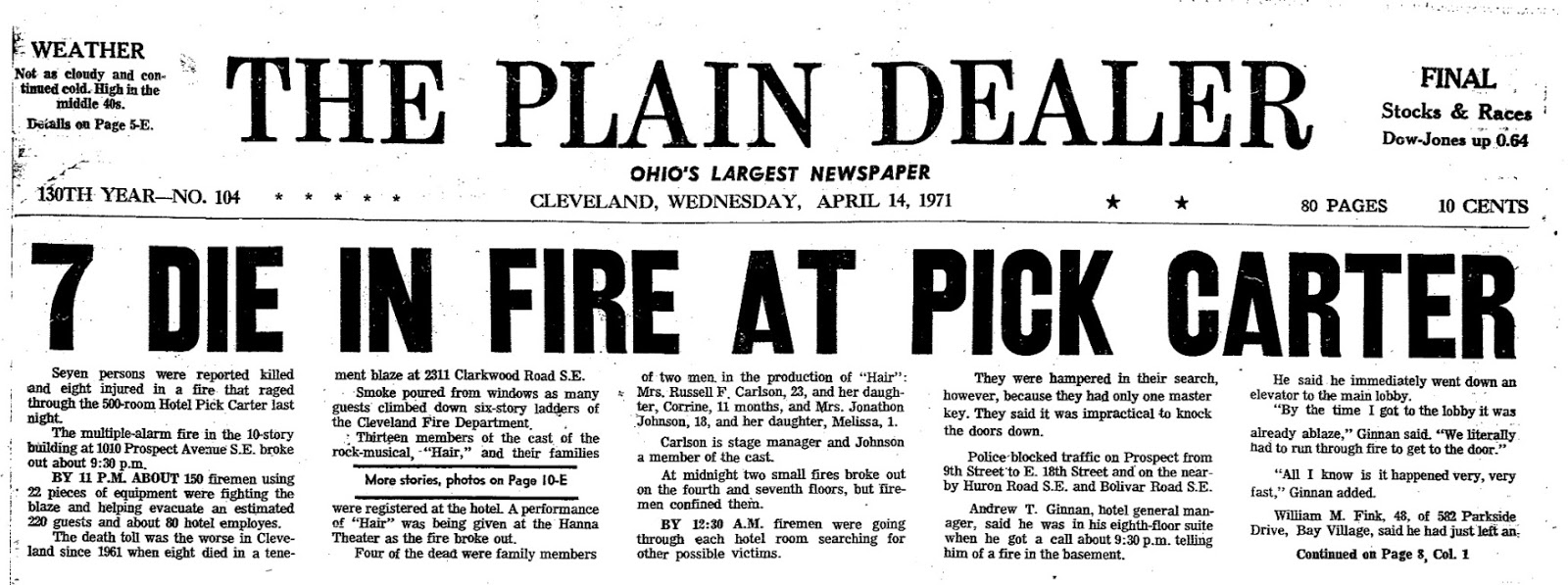

It supported the Puerto Rico Federal Relations Act of 1950 by the US Congress, which established Puerto Rico as an Estado Libre Asociado ("Free Associated State"), with some autonomy. While the Nationalists and other political parties supported independence, some political parties supported autonomy for the island within a formal relationship with the United States.ĭuring this period of unrest, the electorate increasingly voted for the People's Democratic Party (PPD), which by 1940 controlled a majority in the legislature. They contended that, as a matter of international law, the 1898 Treaty of Paris, ending the Spanish–American War, could not empower the Spanish to "give" what was no longer theirs, in light of the 1897 Carta de Autonomía ( Spanish Charter of Autonomy), whereby the Spanish Empire released Puerto Rico from colonial rule, giving the island sovereignty. The Puerto Rican Nationalist Party was founded on September 17, 1922, by people seeking independence. Main article: Independence movement in Puerto Rico All four returned to Puerto Rico.īackground Independence movement in Puerto Rico In 19, their sentences were commuted by President Jimmy Carter.

All received long consecutive sentences, amounting to life imprisonment. The assailants were arrested, tried successively in two federal courts and convicted. Five Representatives were wounded, one seriously, but all recovered. The nationalists, identified as Lolita Lebrón, Rafael Cancel Miranda, Andres Figueroa Cordero, and Irvin Flores Rodríguez, unfurled a Puerto Rican flag and began shooting at Representatives in the 83rd Congress, who were debating an immigration bill. They fired 30 rounds from semi-automatic pistols onto the legislative floor from the Ladies' Gallery (a balcony for visitors) of the House of Representatives chamber within the United States Capitol. The 1954 United States Capitol shooting was an attack on March 1, 1954, by four Puerto Rican nationalists who sought to promote the cause of Puerto Rico's independence from US rule.


 0 kommentar(er)
0 kommentar(er)
